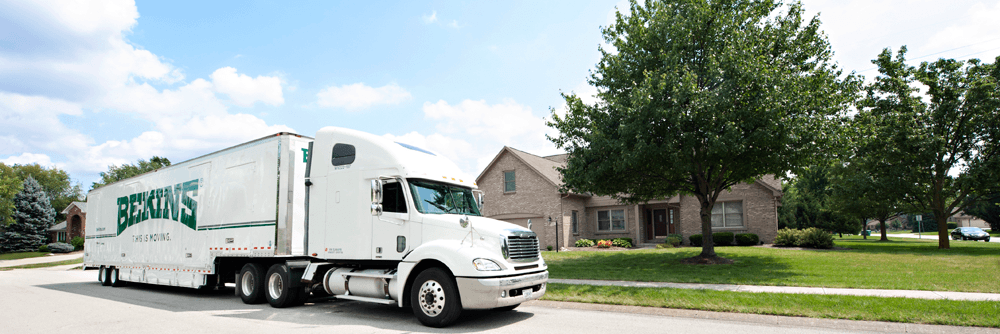Moving across the street is no easy feat; moving overseas isn’t any easier. However, more and more people are choosing to move internationally, and you’ll be happy to know that it can be done. In fact, it can be done at no stress to you when opting for BMS Moving & Storage, as we handle all the difficult tasks, such as the packing, loading, moving and unloading. We will even help you with the planning process. But if you’re eager to get the process started today, here are some things to add to your to-do list.
You Need A Thorough Plan
The first step to any successful move is to have a thorough plan; add in hundreds of miles of travel, whether by land, air or sea, and that plan needs to become even more detailed. At BMS Moving & Storage, we can help you create a plan that’s suited for an international move. Otherwise, you’ll want to be sure to add in everything from timelines to deadlines, moving costs, the weight of items, dates, border requirements – and that’s just to name a few.
You Need to Know What Can’t Be Moved internationally
Every moving company in the United States has the same list of items they can’t transport, such as explosives, hazardous materials, plants, perishable food items, pets, corrosives, cash, power equipment, etc. However, when moving internationally, the list of items prohibited may increase, depending on the country you’re moving to and/or the moving company will have to pass through. For example, you can’t transport pencils into Tunisia, honey into Botswana, funeral urns into Algeria, or Japanese shaving brushes into Saint Lucia.
You Must Separate Your Belongings and Minimize What You’ll Be Moving
Most international moving services charge a flat-rate fee based on the weight of your items, along with the distance being traveled and the duration of the trip. So, it’s highly recommended to reduce the number of items you’ll be transporting overseas to lower moving costs.
As soon as you have decided to move internationally, start sorting your items into five different piles – take, trash, donate, store and sell. Your goal is to have the “take” pile as small as possible.
If your sell pile is large, you may want to consider going through your “take” pile again, as you’ll have extra funds that can be spent to purchase these items once you arrive overseas. And for everything else that you simply can’t get rid of but that don’t need to make the trip to your new humble abode, store them in a storage unit.
You’ll Need More Than Standard Cardboard Packing Materials
Once you have your items sorted, it’s time to pack up the things in your “take” pile. With a local move, cardboard boxes, bubble wrap and packing tape can be used to pack up the majority of belongings. However, since you are moving internationally, your belongings will be subject to significantly more bumps, stops, precipitation and climate changes along the way, and have to be packed properly to be able to withstand the duration of the trip. That’s also not to mention that the items will be packaged for a significant amount of time, which also requires some extra TLC.
So, you’ll definitely want to look beyond the typical moving day boxes. Custom crates are an excellent option for your most prized possessions, and come with full or partial packing to ensure everything is packed properly.
One of the very first things you should do after deciding to move internationally is to speak with professional moving services. They will be able to help you decide on the best process moving forward, specific to the country where your new humble abode will be located.






